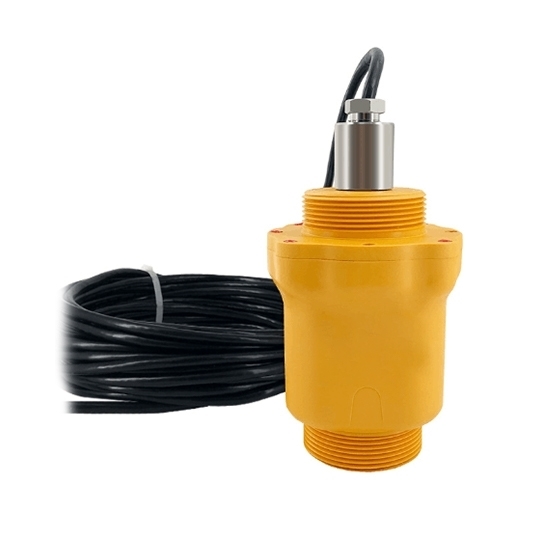
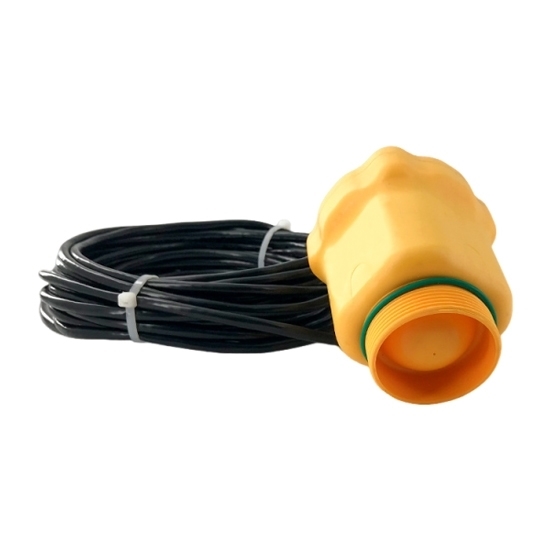
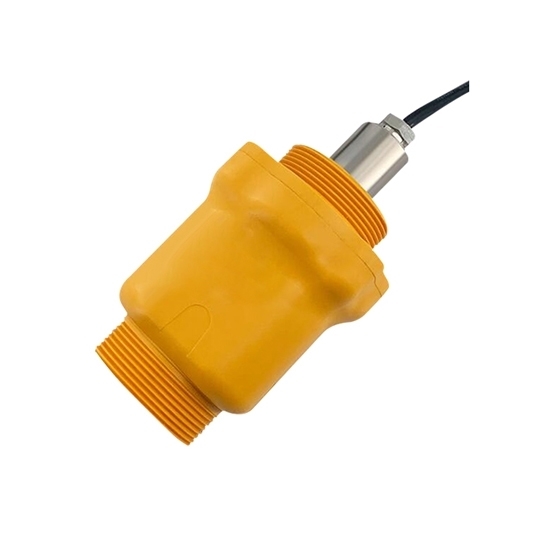
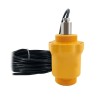
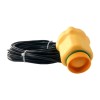
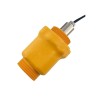
- Stock: In Stock
- Model: RDDLZ-LEVS-LD
- Weight: 1.00
- SKU: RDDLZ-LEVS-LD
Available Options
The radar level sensor offers 120 GHz frequency, ±3mm accuracy, IP68 protection, RS485 output, and Bluetooth/Modbus calibration. Radar well water level sensor supports angle and temperature compensation, runs on 3.6V or 12V power, and can be installed in water wells, etc., suitable for use in small spaces.
Specification
| Model | RDDLZ-YUZHENG-LD |
| Application | River channels, lakes, front shoals |
| Measurement Range | 5m, 10m, 15m (optional) |
| Process Temperature | -40~80°C |
| Process Pressure | Constant pressure |
| Accuracy | ±3mm |
| Frequency Range | 120 GHz |
| Protection Level | IP68 |
| Signal Output | RS485 |
| Calibration | Bluetooth/Modbus protocol |
| Angle Compensation | Included |
| Temperature Compensation | Included |
| Housing Material | Plastic PVDF |
| Power Supply | 3.6V, 12V (optional) |
| Cable Length | 10 meters (default) |
Features
- Low Power Consumption: Operates efficiently with a single 3.6V lithium battery, ideal for long-term use.
- Compact Design & High Precision: Narrow 4° emission angle minimizes interference, with automatic false target filtering.
- IP68 Waterproof Rating: Ensures reliable performance in wet or submerged environments.
- Durable PVDF Material: Corrosion-resistant, moisture-proof, and suitable for industrial applications.
- Advanced Measurement Capabilities: Includes tilt angle detection and temperature compensation for accurate readings.
- Anti-Interference Technology: Automatically filters false signals for consistent and precise level measurements.
- Upgraded Design: Combines innovative features and robust construction for industrial and environmental applications.
Size (Unit:mm)
Applications
Applications in river channels, wells, lakes, and front shoals.
Tips: How does angle and temperature compensation improve performance?
The angle compensation feature ensures accurate measurements even when the radar is mounted on an inclined surface. Temperature compensation accounts for environmental temperature variations that might otherwise affect measurement accuracy. Together, these features enhance reliability, making the radar level meter capable of delivering precise results in dynamic and changing environmental conditions.
